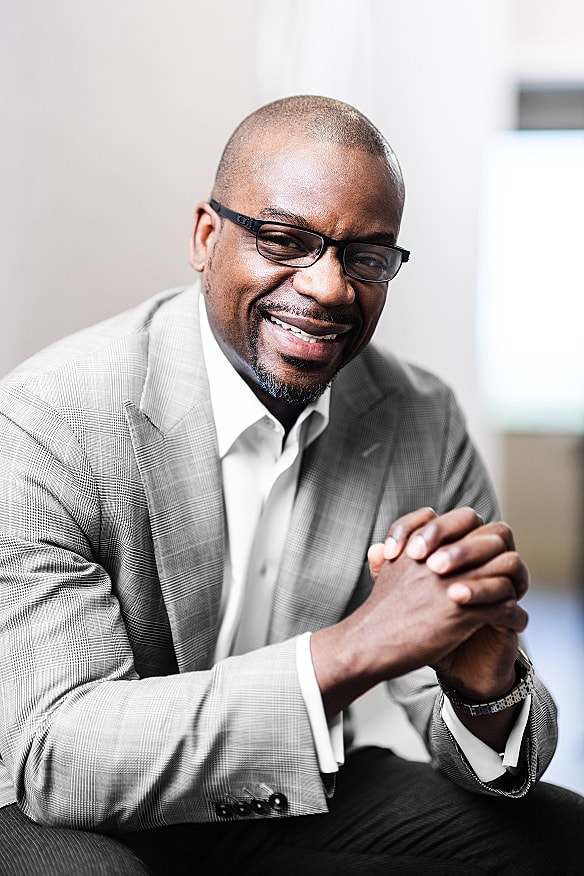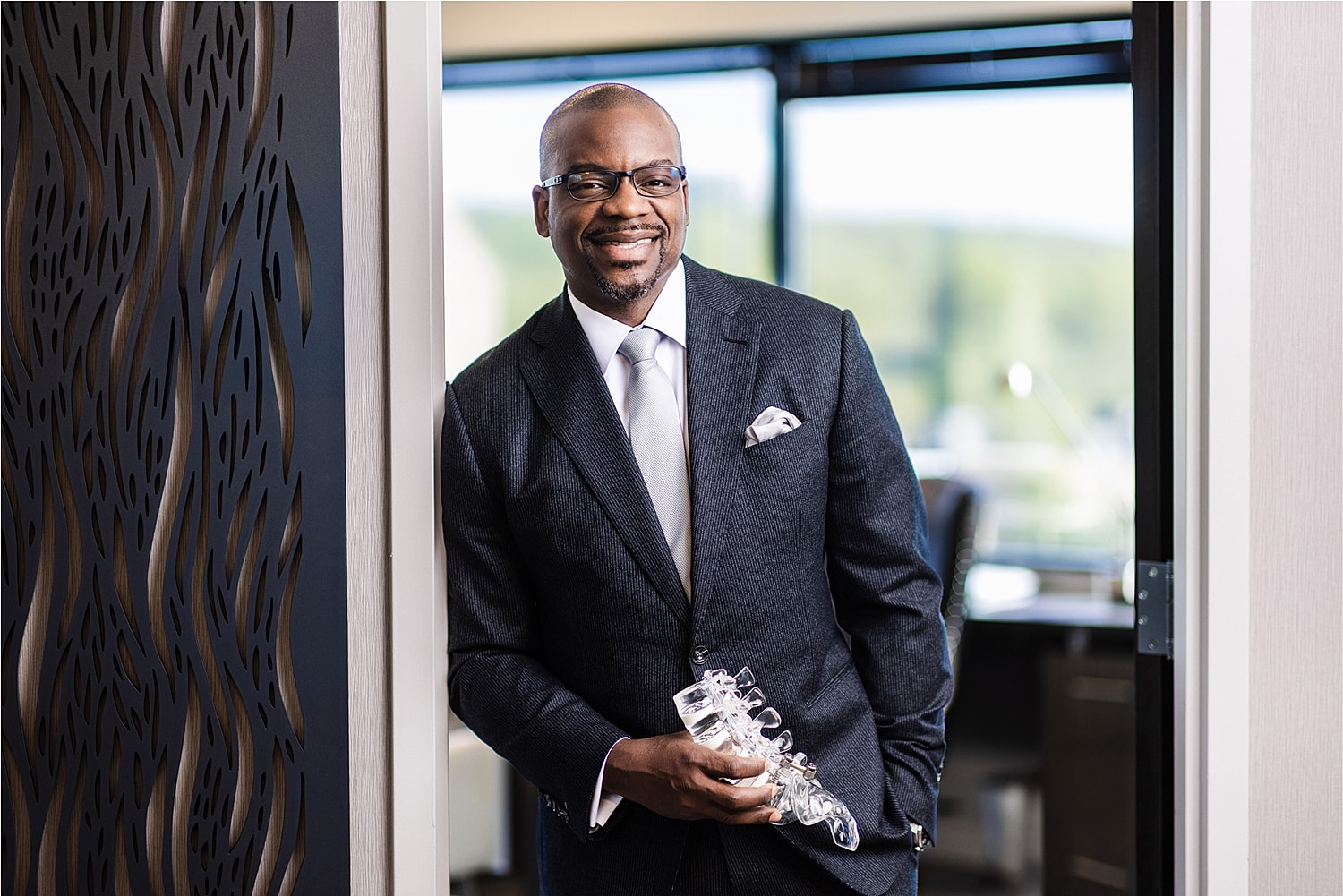
in New York & New Jersey
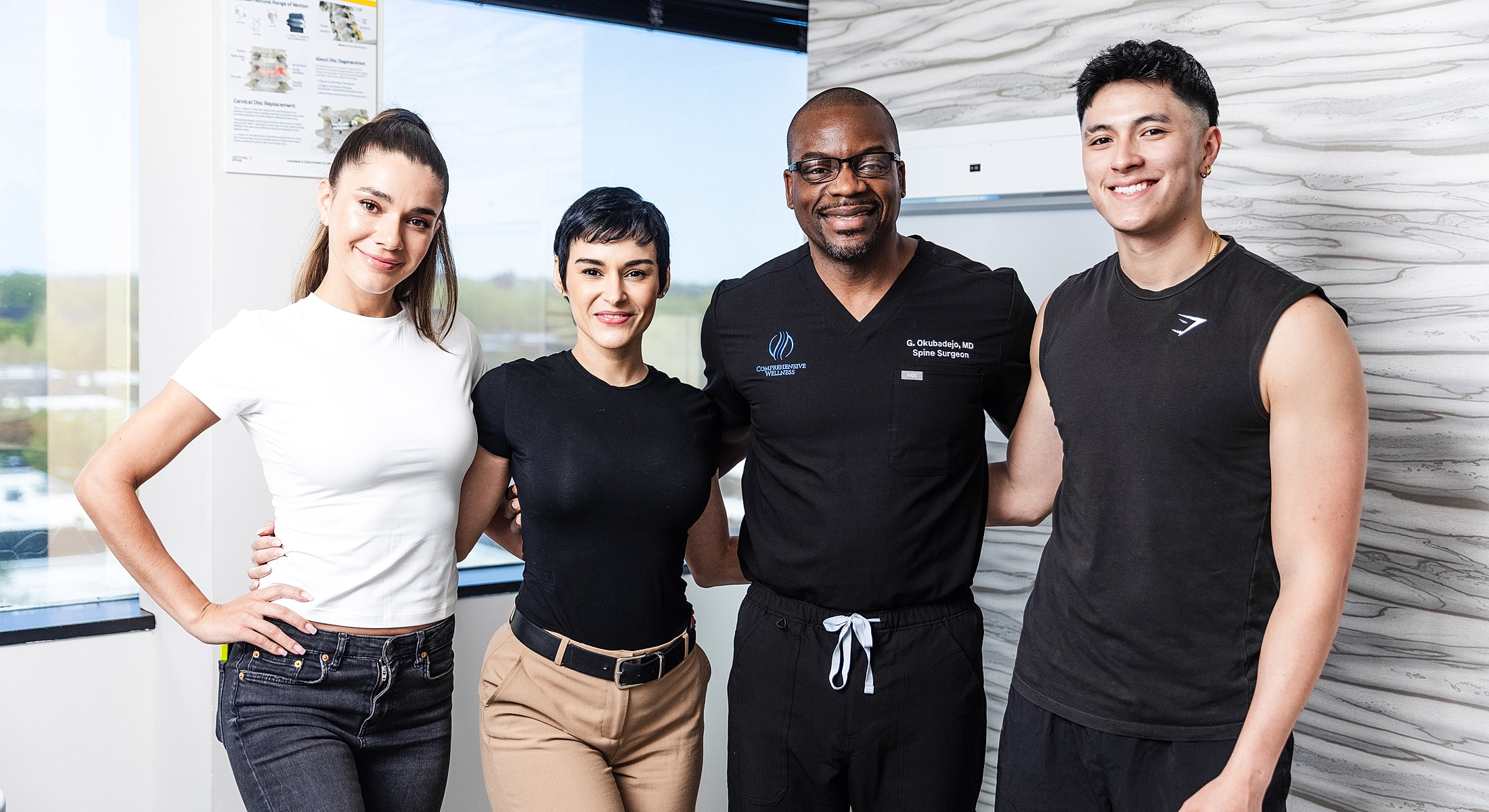

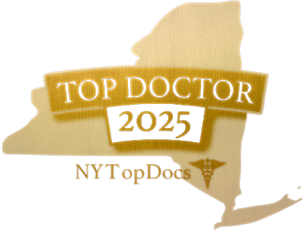

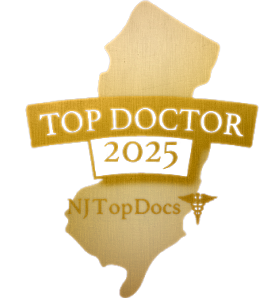



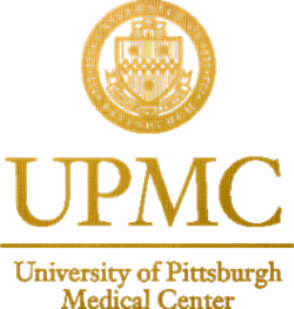








Lower back pain is one of the most common reasons people seek medical care, and for good reason.
Whether it begins as a dull ache after sitting too long or strikes suddenly after lifting something heavy, lower back pain can disrupt your ability to move, sleep, or simply get through the day. For many, it becomes a lingering issue that interferes with work, exercise, and everyday routines. At the Institute for Comprehensive Spine Care, we understand the impact that lower back pain can have on your health and daily life. Led by renowned spine specialist, Dr. Gbolahan Okubadejo, MD, FAAOS, our dedicated team is committed to delivering exceptional care and personalized NYC & NJ lower back pain treatment options to help you regain your quality of life.
Lower back pain refers to discomfort or aching in the area of your back between the bottom of your ribcage and the top of your legs.
It can be caused by a variety of factors, such as strained muscles, herniated discs, or conditions like arthritis and spinal stenosis. The pain may be acute, lasting less than six weeks, or chronic, persisting for more than three months. Lower back pain can significantly affect your mobility and quality of life.

Diagnosing your lower back pain begins with a detailed conversation about your symptoms, medical history, and daily lifestyle. During your consultation for lower back pain treatment NYC & NJ spine surgeon, Dr. Gbolahan Okubadejo, takes time to understand when your pain started, what movements make it better or worse, and how it’s affecting your quality of life.
A physical exam helps assess your posture, flexibility, muscle strength, and nerve function, providing valuable insights into whether your pain may be muscular, structural, or nerve-related. To build a clear and accurate picture, Dr. Okubadejo may also recommend imaging studies such as X-rays, MRI, or CT scans. These advanced diagnostic tools allow our team to evaluate the spine’s bones, discs, and soft tissues in detail, identifying issues like herniated discs, arthritis, or spinal stenosis. This personalized, precise approach ensures that your treatment plan is based on a thorough understanding of the root cause of your pain - not just the symptoms.
Lower back pain can stem from a wide range of issues, from everyday habits to underlying spinal conditions. For some, it starts with overuse or strain from repetitive movements. For others, the source may be deeper, such as nerve compression, joint inflammation, or degenerative changes in the spine. Understanding the root cause of your pain is the first step toward effective, lasting relief.
Here are some of the most common causes of lower back pain:
Pinpointing the exact cause of your back pain is a key step. Once we identify the root cause of your pain, we can tailor a treatment to your specific needs and lifestyle.
At the Institute for Comprehensive Spine Care, treatment for lower back pain is tailored to your individual needs, with a focus on relieving pain, restoring mobility, and supporting long-term spine health. Many patients benefit from non-surgical therapies, but when conservative approaches are no longer effective, advanced surgical options are also available. Dr. Gbolahan Okubadejo works closely with each patient to determine the most appropriate path forward - whether it's physical therapy or a precision-guided procedure.
During your consultation for lower back pain treatment NYC & NJ spine experts at the Instuture for Comprehensive Spine Care will educate you about your options, ensuring you understand the details of any recommended treatment and the results you can expect to achieve. We prioritize a well-informed process, helping you make confident decisions about your care.
Getting the right treatment for lower back pain can make a remarkable difference in how you feel every day. Instead of working around discomfort, you can return to doing the things you enjoy - whether that’s walking without hesitation, sleeping through the night, or sitting comfortably at your desk.
Relief from pain can also improve your energy levels, focus, and overall mood, giving you back a sense of control over your body and your routine. At the Institute for Comprehensive Spine Care, we understand that successful lower back pain treatment extends beyond the medical procedures themselves. Our comprehensive approach includes personalized rehabilitation programs and post-treatment care to facilitate your recovery. Working closely with skilled physical therapists, we will design a customized rehabilitation plan that supports healing, restores functionality, and minimizes discomfort. Throughout your recovery journey, our team will provide guidance and support, ensuring the best possible outcomes.
At our multiple facilities across NY and NJ, the Institute for Comprehensive Spine Care stands as your ally in addressing lower back pain.
Dr. Okubadejo is committed to providing a thorough evaluation of each patient’s individual circumstances, crafting the most effective treatment plan, which may involve non-surgical methods, cutting-edge therapies, or surgical procedures. The cornerstone of effective treatment lies in an accurate diagnosis. To this end, we utilize modern diagnostic technologies to pinpoint the source and severity of your lower back pain. The fusion of these sophisticated tools and our extensive expertise allows us to create a personalized treatment strategy that caters to your specific needs and objectives.
Embark on your journey to effective relief by arranging a consultation with us today. You can count on our expert knowledge and empathetic approach as we work to mitigate your symptoms and restore your overall well-being.
Dr. Okubadejo has hundreds of 5-star reviews.
From routine procedures to complex surgeries, Dr. Okubadejo’s expertise continues to earn enthusiastic praise from those he treats.
★★★★★
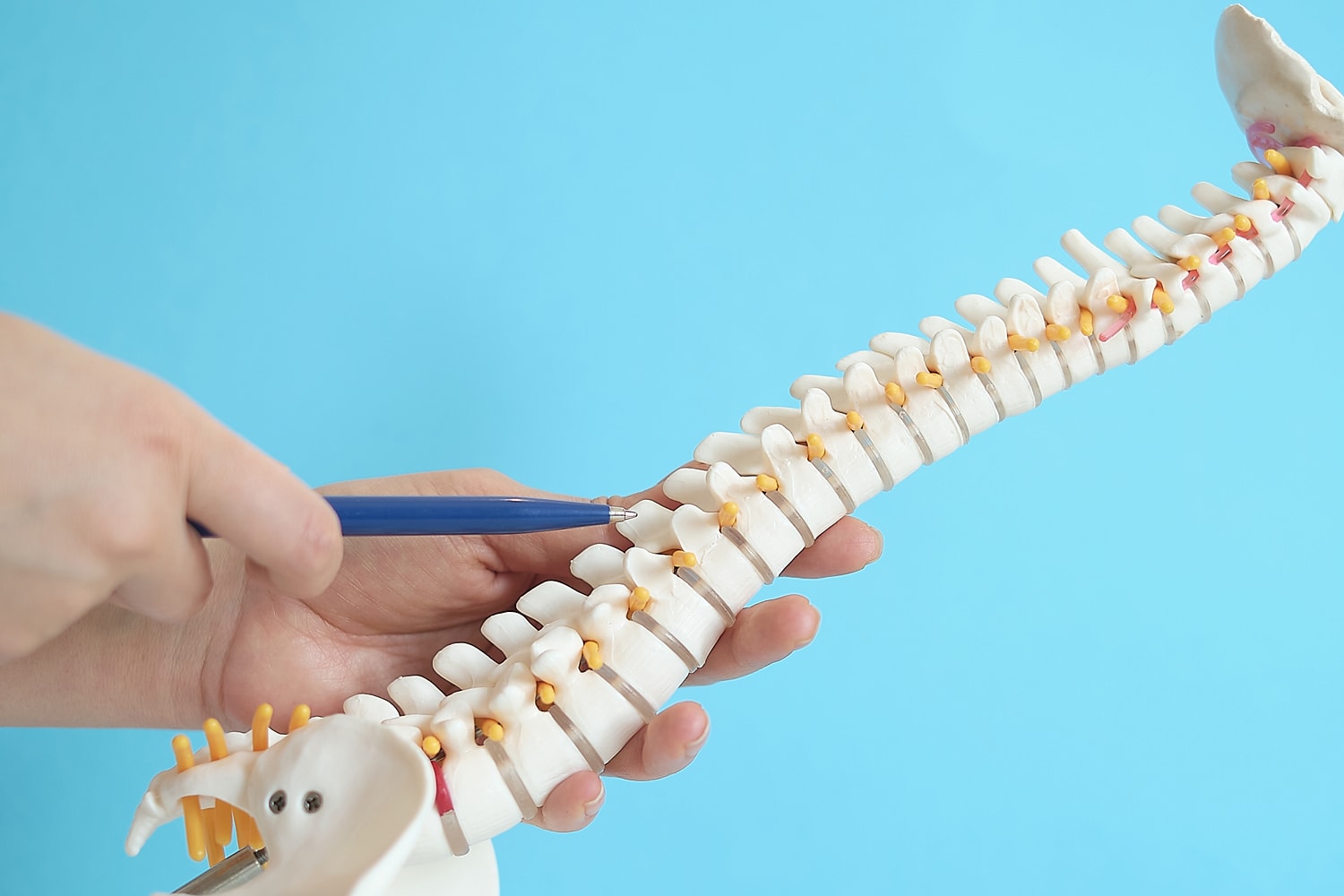

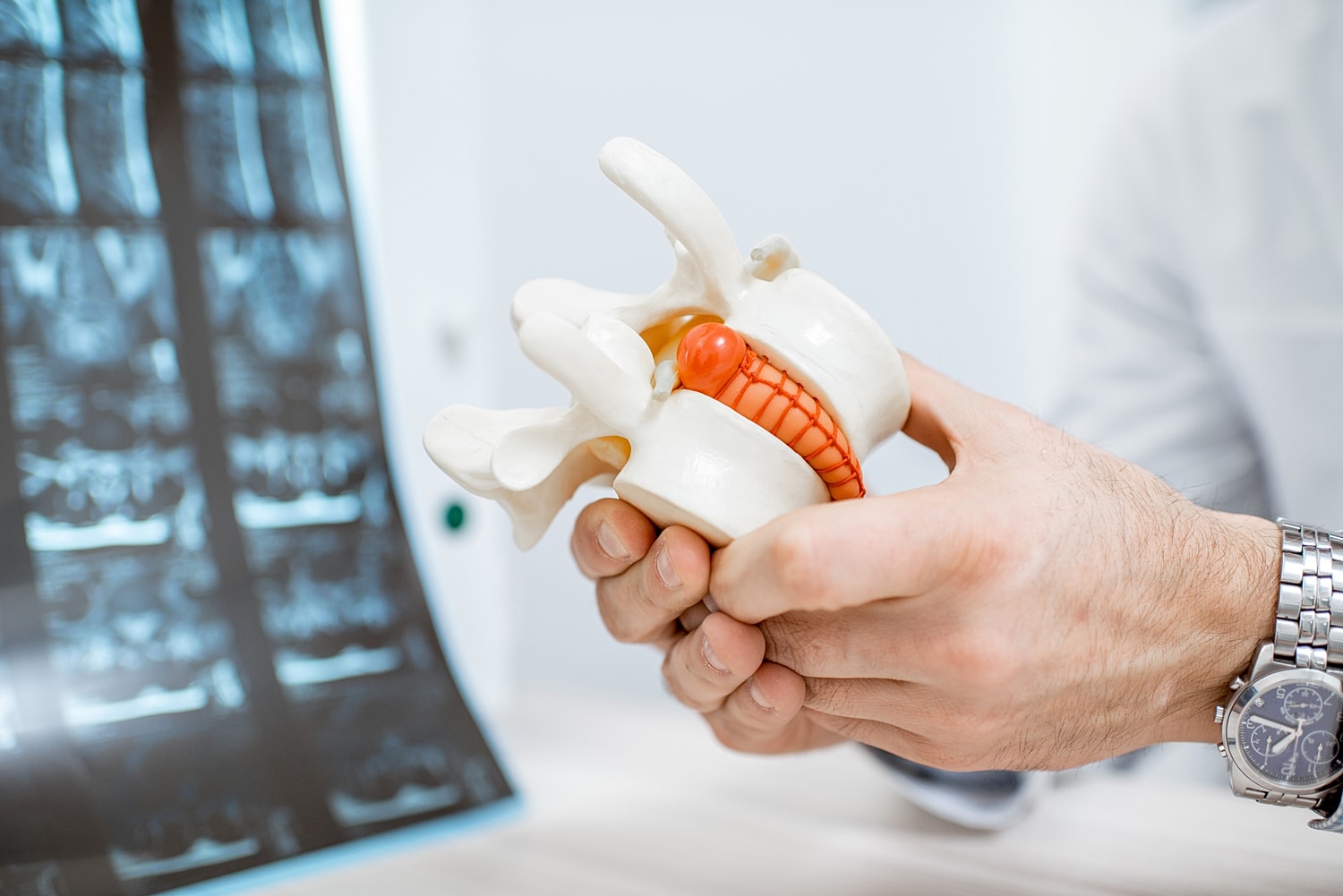
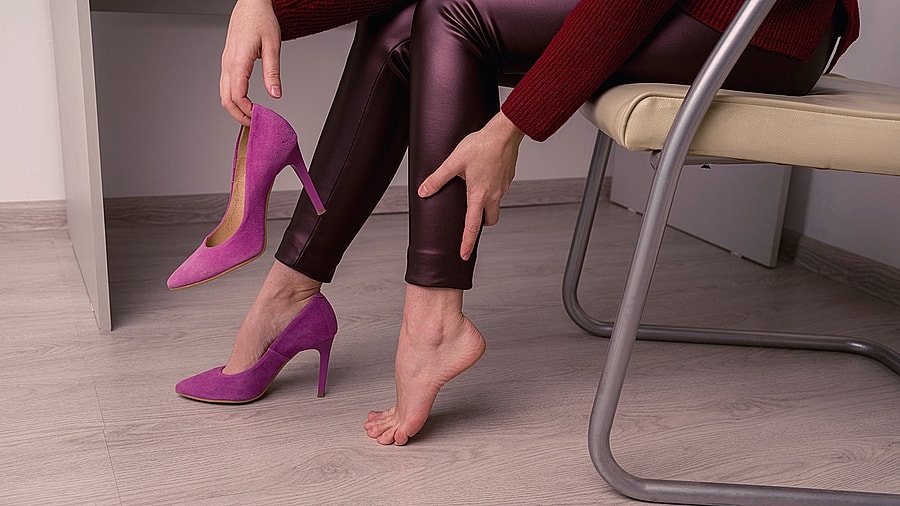
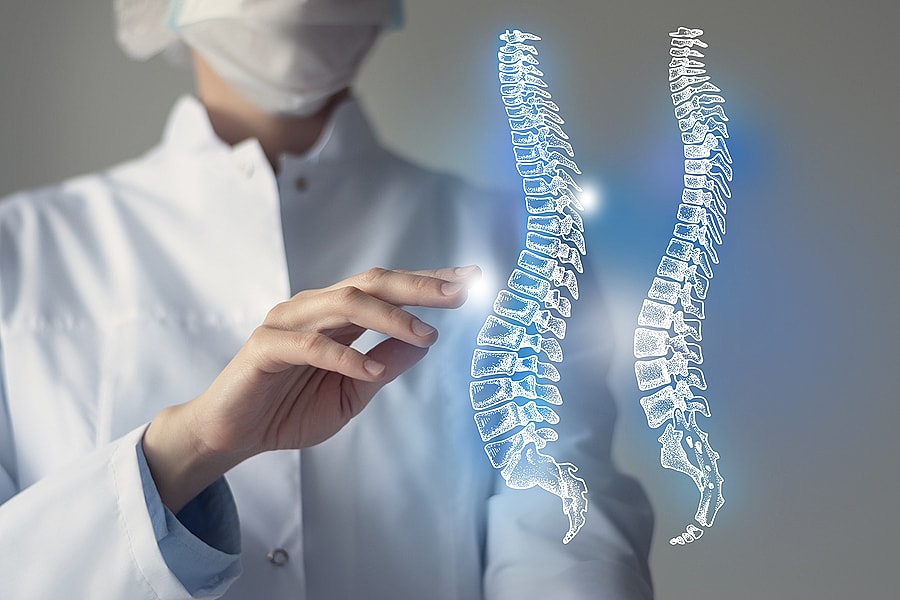
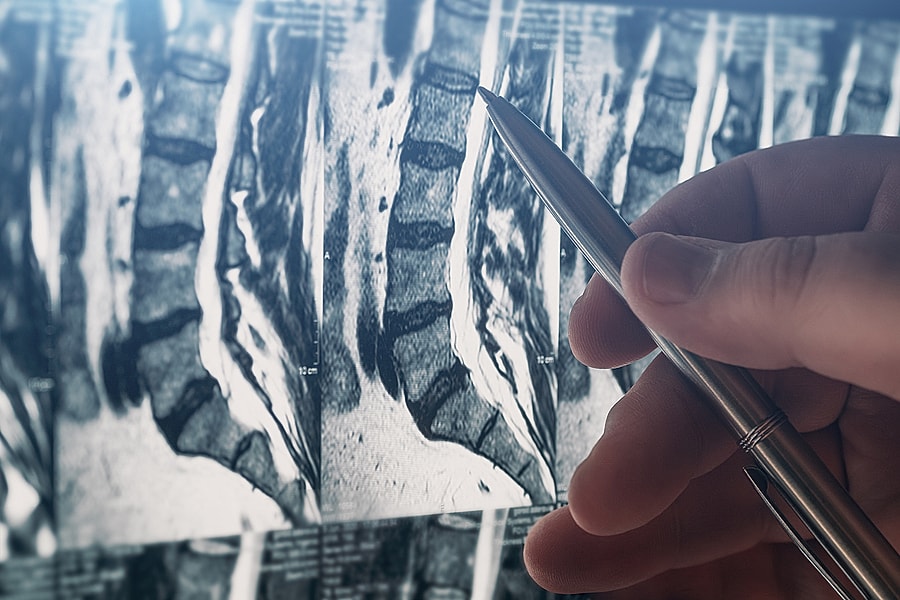
Certain factors can increase your risk of developing lower back pain, such as age, lack of regular exercise, excess body weight, diseases like arthritis and cancer, and lifting objects that are too heavy.
Lower back pain symptoms can vary but often include muscle aches, shooting or stabbing pain, pain that radiates down the leg, and limited flexibility or range of motion. These symptoms may also be associated with other conditions, so a proper medical evaluation is necessary.
Yes, certain lifestyle changes can contribute to managing lower back pain. These include maintaining a healthy weight, engaging in regular physical activity to strengthen the core muscles and promote flexibility, practicing good posture, using ergonomic furniture and tools, avoiding prolonged sitting or standing, and managing stress levels. Quitting smoking, which can impair blood flow to the spine, is also beneficial for spinal health.
While not all lower back pain can be prevented, certain measures can reduce the risk. These include maintaining a healthy weight, staying active, practicing good posture, lifting objects correctly, and having regular check-ups.
Surgery is generally considered only when conservative treatments have not provided relief and if the pain is severe and debilitating. It might be an option if you have a herniated disk, spinal stenosis, or other conditions that are causing nerve compression.
Recovery time for lower back pain treatment varies depending on the cause and individual factors. In many cases, lower back pain improves with conservative treatments within a few weeks to a few months.
However, the duration of recovery can be influenced by factors such as the severity of the condition, individual healing ability, adherence to treatment recommendations, and any underlying medical conditions. Our team can provide a more accurate estimate based on your specific case.


